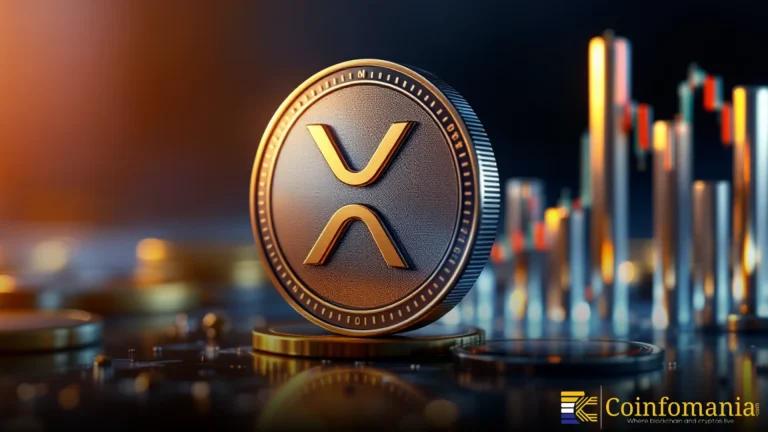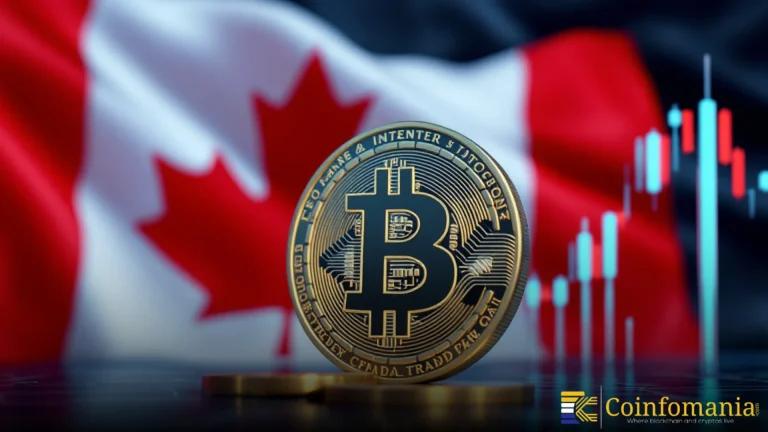Ondo CEO Nathan Allman Highlights Tokenization to Unlock Access
Dive into how tokenization and accessibility, championed by Ondo CEO Nathan Allman, are reshaping global finance through blockchain innovation.

Quick Take
Summary is AI generated, newsroom reviewed.
Ondo CEO Nathan Allman highlighted tokenization as a path to wider access for high-quality financial assets.
Tokenized platforms like Ondo Global Markets aim to simplify cross-border trading and boost financial inclusion.
Institutions are accelerating tokenization adoption to improve efficiency and reduce financial barriers.
On May 24, 2025, Ondo posted a message on its official X page. The post highlighted the company’s focus on expanding digital finance access. During the Solana Accelerate event, leaders gathered to discuss industry trends. Ondo CEO Nathan Allman took the stage to explain the company’s vision on Tokenization and accessibility. He stated that tokenization aims to unlock broader access to high-quality assets. This message set the tone for merging traditional finance with public blockchains. The plan aims to drive inclusion in financial markets across global regions.
How Tokenization Connects Retail Investors To High-Value Assets
Nathan Allman explained that unlocking asset access forms a key part of financial inclusion. He highlighted Tokenization and accessibility as pillars of a more inclusive economy. He noted that many high-value assets have stayed out of reach for retail investors. The plan would link top-tier products with decentralized finance platforms. This approach seeks to merge institutional standards with open blockchain networks. The goal was to improve system efficiency and reduce traditional finance barriers. He described how this model could boost market fluidity worldwide.
Ondo’s CEO then introduced a new platform named Ondo Global Markets for asset tokenization. It will offer tokenized US equities, ETFs, and similar assets to non-US investors. This launch builds on earlier tokenized Treasury products like OUSG and USDY. OUSG provided institutions with direct digital Treasury exposure on public ledgers. USDY allowed retail holders to access Treasury yields through blockchain transactions. This expansion aims to simplify cross-border trading of regulated assets. Local regulations will influence how the platform meets investor needs.
Easier Asset Tokenization Platforms Across the Industry
The industry is seeing an increased Tokenization adoption rate as companies explore easier asset tokenization platforms. TokenFi launched a solution that enables businesses to tokenize real estate and equity. Meanwhile, JP Morgan settled tokenized US Treasuries on Ethereum using Chainlink’s CCIP tool. This move highlights growing confidence in blockchain for major financial transactions. It also shows clear Tokenization adoption across large institutional and retail sectors. These examples prove real-world assets can move on public blockchains efficiently. Such progress underscores the shift from trials to practical, scalable solutions.
The central idea holds that tokenized products can foster a more open finance ecosystem. By tying these offerings to DeFi platforms, firms hope to widen user options. This method aims to meet institutional standards while serving retail traders effectively. It promises lower operating costs and streamlined access compared to legacy systems. Supporters believe such models can reduce friction and increase market efficiency. This approach underscores the value of digital asset interoperability on public chains. Companies are now prioritizing seamless trading and global reach through digital tokens.
New Tokenization Strategies Aim to Broaden Market Participation
Allman pointed out that past tokenization focused on hard-to-trade assets like private loans. That strategy limited market reach and hindered quick asset transfers across borders. Ondo now targets widely used instruments to boost market fluidity and access. He stressed lower fees could attract both institutions and individual investors alike. This shift may enable smoother trading and broader participation in financial markets. Global investors could benefit from faster settlement times and reduced paperwork burdens. He noted this could reshape how markets operate by increasing asset use options.
Rise of Tokenization in Global Investment Strategies
Major firms now view blockchain tokenization as essential infrastructure for asset transfers. Tokenization adoption rate is increasing, and this movement is gaining mainstream credibility rapidly. Ondo’s work underscores blending traditional finance with decentralized tools for users. Investors may soon access tokenized securities alongside standard digital currency options. This direction aims to remove historical barriers and simplify global capital flows. The shift suggests a future with a corporate focus on Tokenization and accessibility. Overall, the sector appears ready for a practical era of tokenized finance solutions. Stakeholders will follow adoption metrics closely in the coming months.
Follow us on Google News
Get the latest crypto insights and updates.
Related Posts

Charles Hoskinson Praises Bitcoin and Cardano While Criticizing Ethereum’s Design
Triparna Baishnab
Author

XRP Holders Capitulate in Q4 as Realized Losses Spike Sharply
Triparna Baishnab
Author

Matador Secures Regulatory Approval to Fund Major Bitcoin Expansion
Vandit Grover
Author